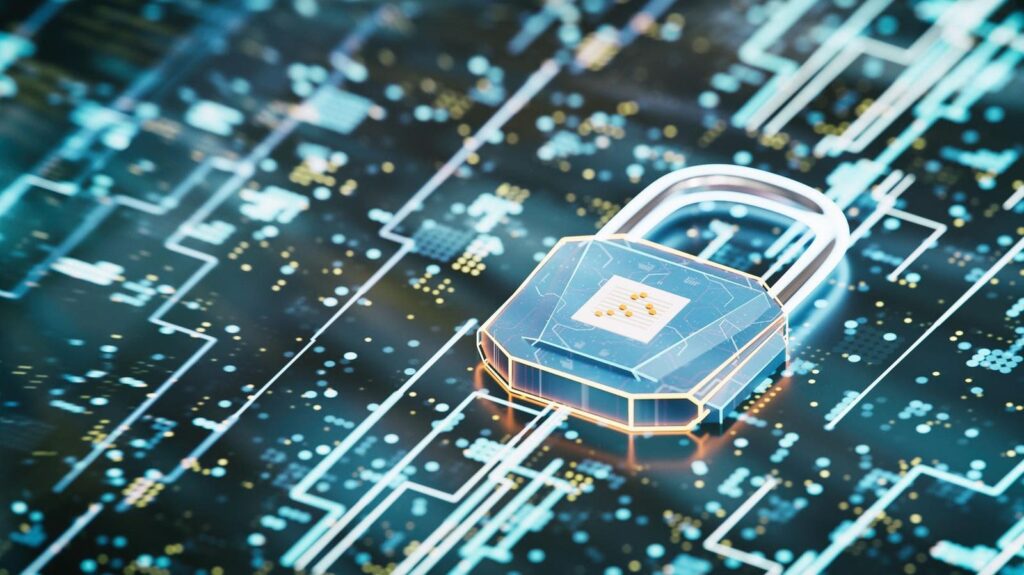Securing AI: Cisco’s New Defense Strategy for the Enterprises
As artificial intelligence (AI) becomes a crucial part of business operations across various sectors, concerns about the security of AI applications are emerging as a significant challenge. In a bid to address these fears, tech giant Cisco has unveiled its latest solution, Cisco AI Defense, aimed at safeguarding AI deployments by enhancing visibility, validation, and enforcement within enterprise networks and cloud ecosystems.
The Rising Need for AI Security
Citing insights from Jeetu Patel, Cisco’s executive vice president and chief product officer, it’s evident that organizations are increasingly aware of the importance of AI security in their digital transformation journeys. "There’s a universal concern we hear from customers: What happens if these things go sideways and don’t behave the way we want?" Patel explains. This anxiety stems from various security threats, including prompt injection attacks that can compromise sensitive data.
Addressing AI Security Concerns
AI models, by their nature, can behave unexpectedly as they learn from new data, leading to risks like model manipulation and data leaks. Unlike traditional cybersecurity, there’s no standard framework available for AI security, making the need for robust solutions even more pressing. Cisco aims to tackle this gap by offering advanced AI model validation capabilities. “While a typical model provider might take seven to ten weeks to manually validate an AI model, we do it in just 30 seconds with automated tests,” Patel elaborates. This innovative process mirrors fuzz testing in cybersecurity, enabling quicker detection of vulnerabilities.
Key Features of Cisco AI Defense
Cisco AI Defense is structured around three primary components, each designed to enhance the security of AI applications within organizations:
1. Visibility and Monitoring
- Identifies AI applications across the enterprise.
- Maps interactions among AI models, data sources, and applications.
- Continuously monitors for anomalies or unauthorized activities.
2. Validation and AI Red Teaming
- Utilizes algorithmic red teaming to conduct automated AI testing for security risks.
- Identifies biases and potential attack vectors in AI models.
- Decreases model validation time compared to traditional methods.
3. Enforcement and Guardrails
- Implements security policies to prevent unauthorized AI use.
- Introduces automated controls to restrict access to AI models.
- Enhances security measures across Cisco’s existing security architecture.
The integration of Cisco AI Defense with the company’s wider security platform allows for comprehensive application of AI security policies spanning networks, clouds, and endpoints.
Seamless Integration for Enhanced Protection
What sets Cisco AI Defense apart is its ability to function within Cisco’s existing security ecosystem rather than as a standalone tool. This integration means that security enforcement doesn’t just occur at the software level but also at the infrastructural level, offering a crucial advantage, as Patel notes. “If AI security is built into the fabric of the network, it simplifies the management of AI-specific risks across all platforms.”
A Broader Challenge in AI Security
Cisco’s initiative comes at a pivotal moment for the tech industry, where AI security still lacks a universal framework for threat detection and remediation. Recent reports highlight instances of AI being misused, such as generating harmful content using generative models. Continuous validation of AI models is imperative due to their evolving nature. Patel stresses this necessity: “Because models evolve with new data, we must detect shifts and update protections in real-time.”
This highlights a growing emphasis on AI governance, which many enterprises are now prioritizing to ensure that AI operates safely and responsibly.
An Evolving Industry Landscape
The launch of Cisco AI Defense is indicative of broader trends in enterprise security, with various vendors like Microsoft and Google stepping up their AI security initiatives. Startups focused exclusively on AI model security and compliance are also on the rise. Looking ahead, collaboration among industry stakeholders—security providers, AI models, and regulatory bodies—will likely shape the future of AI security.
Patel’s vision for Cisco’s approach is to foster a collaborative environment within the AI ecosystem. "We want our efforts to integrate seamlessly, ensuring that customers understand how AI infrastructure, safety, and security can coexist."
Conclusion
As organizations continue to integrate AI into their operations, the need for dependable security solutions is undeniable. Cisco’s AI Defense is a proactive step towards protecting AI applications and ensuring that innovation doesn’t come at the cost of security.
The AI Buzz Hub team is excited to see where these breakthroughs take us. Want to stay in the loop on all things AI? Subscribe to our newsletter or share this article with your fellow enthusiasts.




